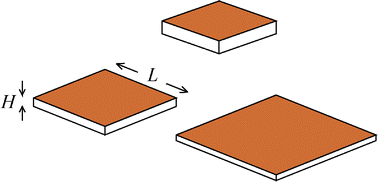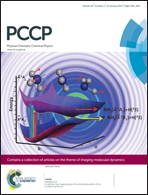Interplay between columnar and smectic stability in suspensions of polydisperse colloidal platelets
Abstract
The phase behavior of a model suspension of colloidal polydisperse platelets is studied using density-functional theory. Platelets are modelled as parallel rectangular prisms of square section l2 and height h, with length and height distributions given by different polydispersities δl and δh. The model is intended to qualitatively represent experimental colloidal platelet suspensions at high densities with a high degree of orientational ordering. We obtain the phase behavior of the model, including nematic, smectic and columnar phases and its dependence on the two polydispersities δl and δh. When δl > δh we observe that the smectic phase stabilises first with respect to the columnar. If δh > δl we observe the opposite behavior. Other more complicated cases occur, e.g. the smectic stabilises from the nematic first but then exists a first-order transition to the columnar phase. Our model assumes plate–rod symmetry, but the regions of stability of smectic and columnar phases are non-symmetric in the δl − δh plane due to the different dimensionality of ordering in the two phases. Microsegregation effects, i.e. different spatial distribution for different sizes within the periodic cell, take place in both phases and, in each case, is more apparent in the variable associated with ordering.


 Please wait while we load your content...
Please wait while we load your content...